

Bluetooth Low Energy Audio technology delivers a more efficient and engaging wireless listening and sharing experience.
Bluetooth Low Energy (LE) Audio is a wireless audio transmission solution based on Bluetooth Low Energy technology. It significantly reduces power consumption while maintaining audio quality and transmission stability, making it ideal for long-lasting and portable devices. LE Audio is compatible with classic audio scenarios and introduces new applications: Multi-Stream Audio, Hearing Aids, and Auracast™ Broadcast Audio.
Application Scenario
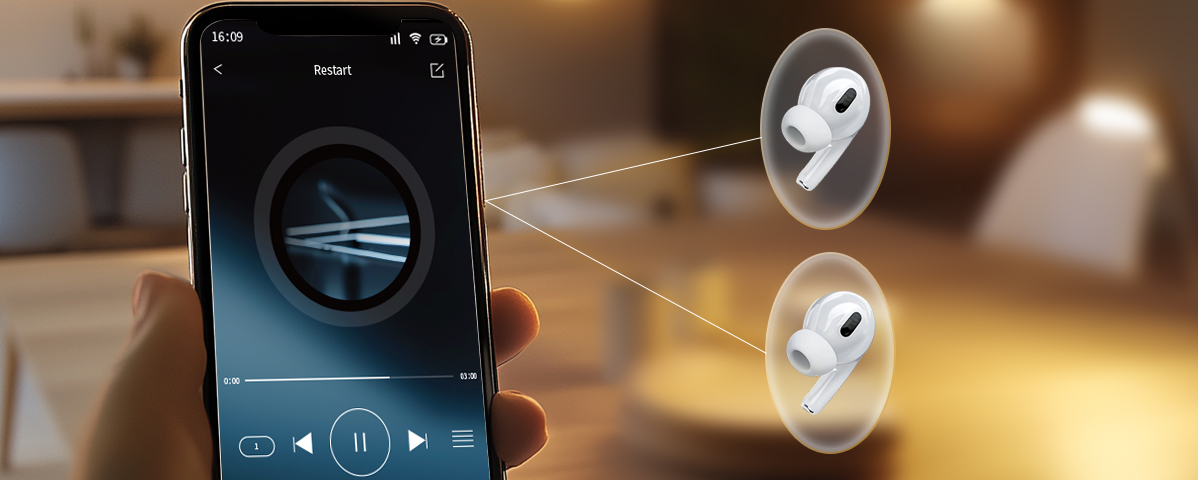
A audio source device can transmit multiple synchronized audio streams to one or more connected audio sink devices.
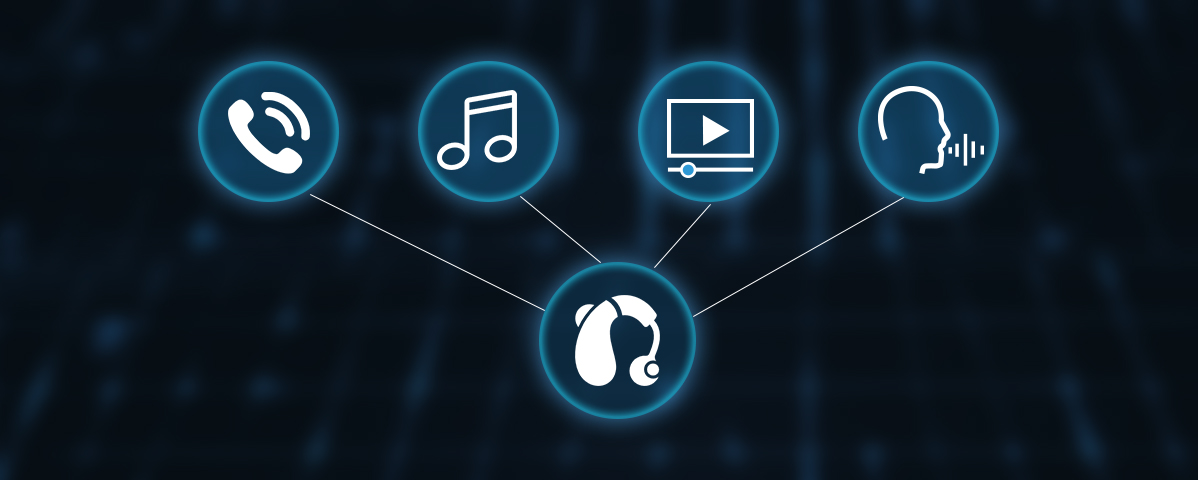
LE Audio defines profiles for hearing aids that adapt to various surrounding environment and application scenarios, enabling individuals with hearing impairments to more efficiently enjoy the benefits and convenience of wireless audio technology.
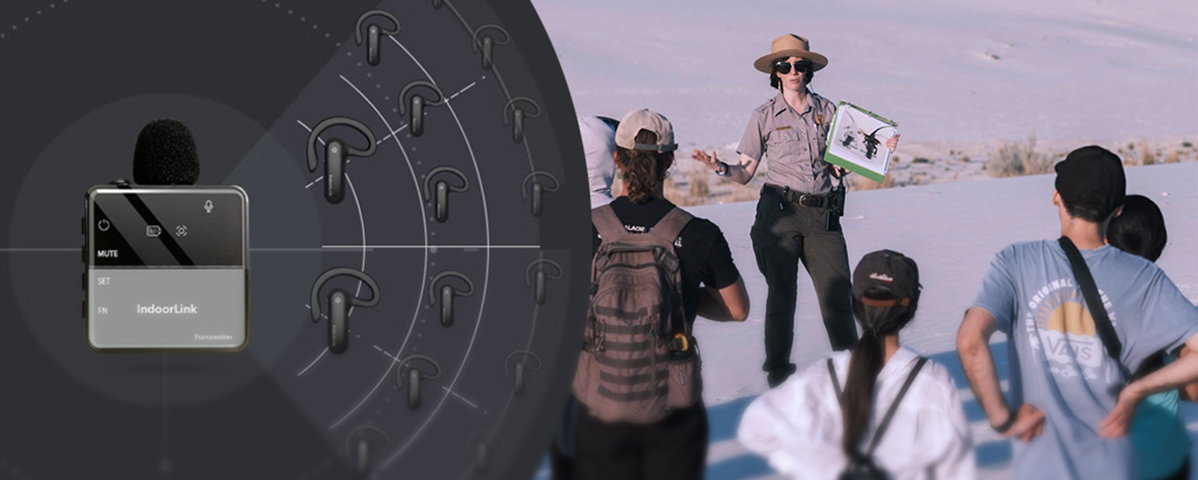
Broadcast audio enables people to share audio more conveniently and efficiently.
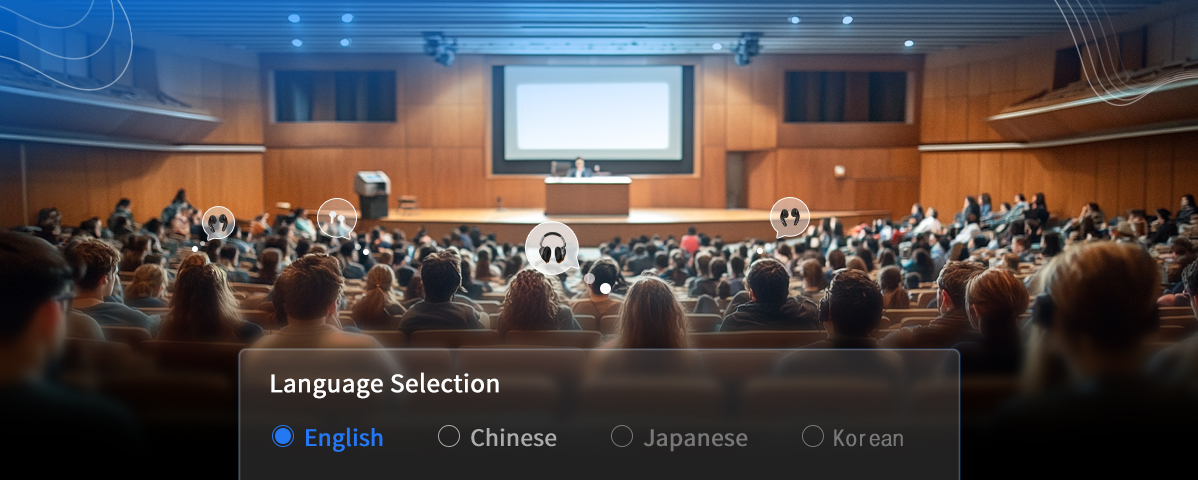
Broadcast audio supports multiple audio streams such as languages to cater to diverse needs of users.

A audio source device can transmit multiple synchronized audio streams to one or more connected audio sink devices.

LE Audio defines profiles for hearing aids that adapt to various surrounding environment and application scenarios, enabling individuals with hearing impairments to more efficiently enjoy the benefits and convenience of wireless audio technology.

Broadcast audio enables people to share audio more conveniently and efficiently.

Broadcast audio supports multiple audio streams such as languages to cater to diverse needs of users.
Basic Working Principle
The architecture of the LE Audio Specification consists of several distinct modules:
- The Bluetooth Core Specification serves as the foundation, providing essential features such as Connected Isochronous Stream (CIS) and Broadcast Isochronous Stream (BIS).
- LC3 is a high-quality, low-power audio codec.
- The Generic Audio Framework Specifications define a versatile middleware solution for audio transmission and management.
- The Use Case Specific Profiles define interoperable support for audio use cases.
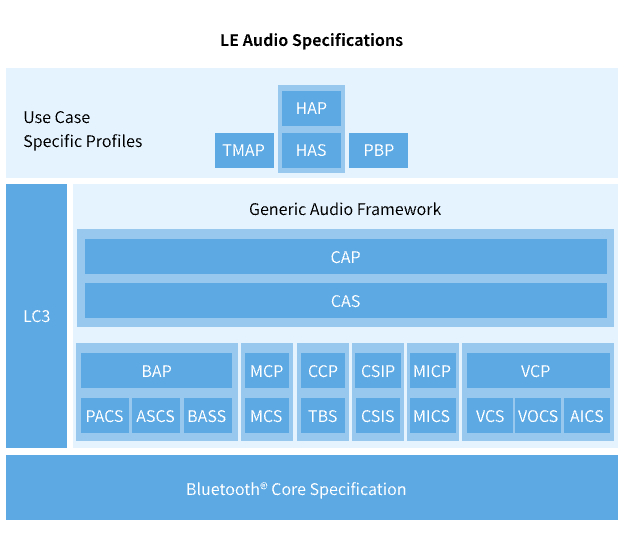
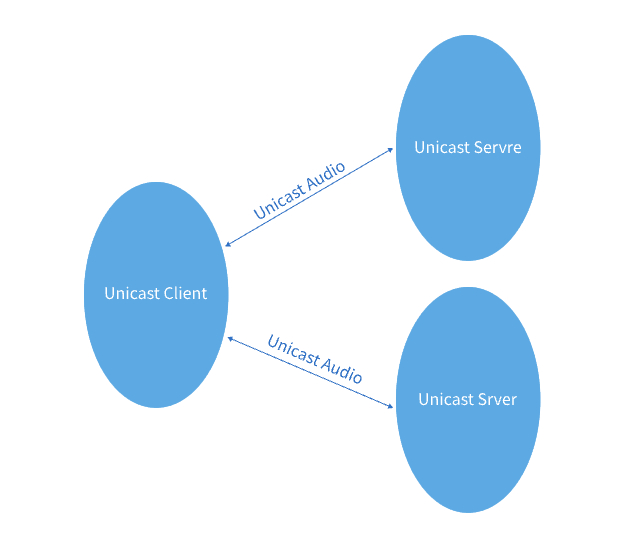
Unicast Audio supports bidirectional, one-to-one audio stream between two connected devices. Unicast Client creates an LE connection and CIS with Unicast Server to send and receive audio stream.
Broadcast Audio supports unidirectional, one-to-many audio stream. Broadcast Sink synchronizes with Broadcast Source and receives audio stream. Broadcast Assistant can assist Broadcast Sink to select and synchronize with Broadcast Source.
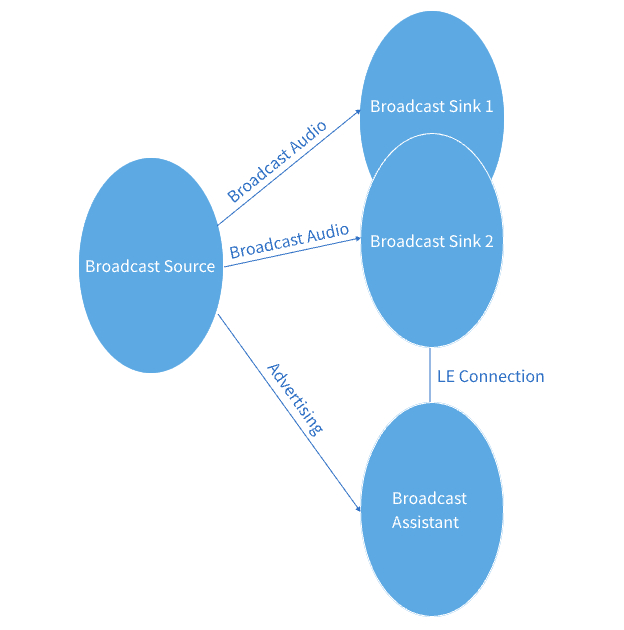
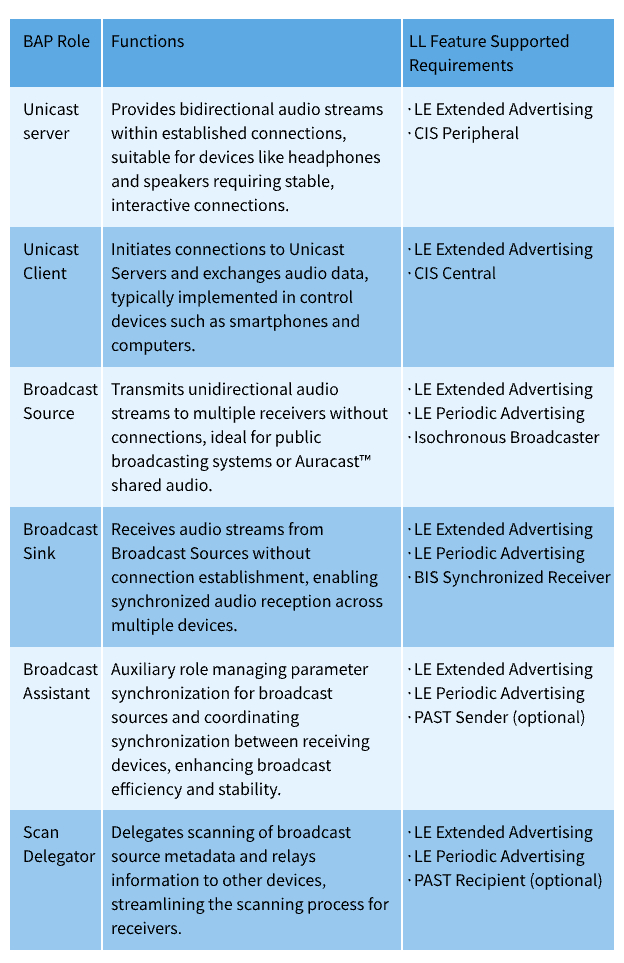
BAP defines six roles, with specific functions referenced in the table.
Developers can determine if the corresponding BAP roles are supported based on the capabilities of the IC and the LL Features supported requirements in the table.
For specific applications, developers can check if the roles defined in the use case profiles are supported according to the requirements for BAP roles in the use case profiles.
Specification Parameters

- LE Extended Advertising
- LE Periodic Advertising
- CIS Peripheral
- CIS Central
- Isochronous Broadcaster
- BIS Synchronized Receiver
- PAST Sender
- PAST Recipient

- Basic Audio Profile (BAP)
- Published Audio Capabilities Service (PACS)
- Audio Stream Control Service (ASCS)
- Broadcast Audio Scan Service (BASS)
- Media Control Profile (MCP)
- Media Control Service (MCS)
- Call Control Profile (CCP)
- Telephone Bearer Service (TBS)
- Coordinated Set Identification Profile (CSIP)
- Coordinated Set Identification Service (CSIS)
- Microphone Control Profile (MICP)
- Microphone Control Service (MICS)
- Volume Control Profile (VCP)
- Volume Control Service (VCS)
- Volume Offset Control Service (VOCS)
- Audio Input Control Service (AICS)
- Common Audio Profile (CAP)
- Common Audio Service (CAS)

- Telephony and Media Audio Profile (TMAP)
- Hearing Access Profile (HAP)
- Hearing Access Service (HAS)
- Public Broadcast Profile (PBP)

- Unicast audio
- Connection-oriented
- Bidirectional or unidirectional
- Broadcast audio
- Connectionless
- Unidirectional
Product Applications
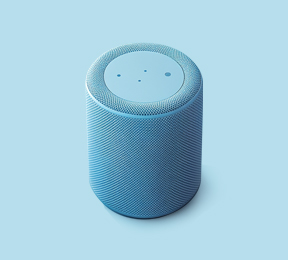
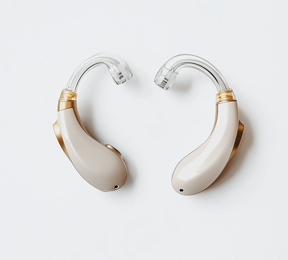
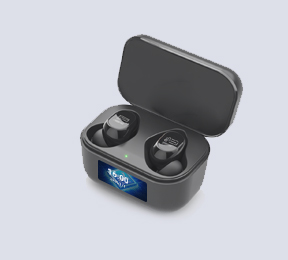
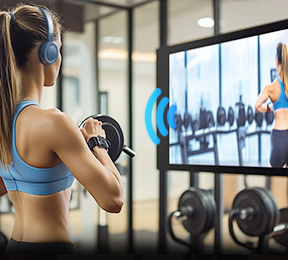
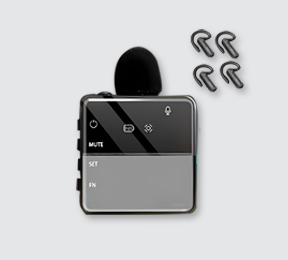
Recommended Hardware
Part Number | RTL87x3D | RTL87x3E | RTL87x3EP | RTL87x2G |
|---|---|---|---|---|
LE Extended Advertising | Y | Y | Y | Y |
LE Periodic Advertising | Y | Y | Y | Y |
CIS Peripheral | Y | Y | Y | Y |
CIS Central | Y | Y | Y | Y |
Isochronous Broadcast | Y | Y | Y | Y |
BIS Synchronized Receiver | Y | Y | Y | Y |
PAST Sender | Y | Y | Y | Y |
PAST Recipient | Y | Y | Y | Y |
LE Audio Profiles | Y | Y | Y | Y |
LE Audio Supported Profiles | / | / |



 苏公网安备32059002006558号
苏公网安备32059002006558号